Covent Garden revises Madam Butterfly with Japanese advisors
NewsA 20 year-old production can no longer be shown without being revised in accordance with current sensitivities. Was it ever that bad?
From the press release:
This Summer, the Royal Opera House revives Moshe Leiser’s and Patrice Caurier’s 2002 production, taking a new approach to this much-loved production.
For this revival, The Royal Opera embarked on a year-long consultation, listening to new voices to present a staging that reflects the original director’s intentions, but that also respects Japanese culture.
Madama Butterfly has been performed by The Royal Opera 416 times, making it the ninth most-performed work in the Company’s repertoire. From its first outing at Covent Garden in 1905, a year after its premiere at La Scala in Milan, Puccini’s enduring tale has captivated audiences, remaining one of the most popular Italian operas today. This revival will be performed by two outstanding casts. The role of Cio-Cio-San will be performed by Lianna Haroutounian and Eri Nakamura, and Kseniia Nikolaieva and Patricia Bardon will share the role of Suzuki. Dan Ettinger will conduct.
Oliver Mears, Director of The Royal Opera, who led the consultation, explains:
‘Puccini’s opera is a masterpiece. However, it is also a product of its time. For this revival of Moshe Leiser’s and Patrice Caurier’s classic production, we wanted to interrogate the depiction of Japanese culture in the staging of this work and involve Japanese practitioners and academics to help us work towards a Butterfly both true to the spirit of the original, and authentic in its representation of Japan.’
This year-long consultation involved staff at the Royal Opera House, academics, practitioners, performers and Asian representatives. The conversations inspired discrete but important changes to several aspects of the existing staging, including makeup, wigs and costume, and movement. The Company worked with revival director Dan Dooner (himself in close contact with the original directors) and Covent Garden teams to embed changes recommended by experts in Japanese movement and design: Sonoko Kamimura, Etsuko Handa and June Iyeda.
Part of this process involved revising the use of movements and choreography in the production. Movement Consultant Sonoko Kamimura explains: ‘When I begin working on a production there is always a lot to consider: how the costumes will restrict the performer; and how the work can best reflect the world it is depicting. For this production, we focused on refining posture and adjusting placement in particular – making sure, for instance, that Suzuki’s left hand always settles on top of her right; or that Cio-Cio-San’s gestures reflect the character’s upbringing. By making tiny changes to the ways in which singers express their emotions through music, we can create something more authentic – less prone to stereotypes, and more attuned to the historical context of the story.’
The Royal Opera’s productions, performers, and creative teams have a role in defining the future of opera – in determining which stories are told, how they are interpreted and who gets to make them. There is more that can – and must – be done to ensure the broadest range of artists can benefit from opportunities on our stages, but the Company look forward to building on the progress already made, working with partners and industry experts to ensure barriers to entry are knocked down, and colour-conscious casting is firmly embedded at the heart of the organisation. Oliver Mears adds: ‘Ultimately, this work will enrich our art form, both for artists and for everyone who comes to our theatre and will ensure that opera thrives now and long into the future.’
The production opens on Tuesday 14 June 2022, and will be supported by a free exhibition in the Royal Opera House’s Level 5 Foyer, curated by its Learning and Participation team in consultation with Dr Satona Suzuki, Lecturer in Japanese and Modern Japanese History at SOAS, and writer and broadcaster Dr Flora Willson. The display will seek to explore and contextualise the complicated history and context of the piece, addressing issues that include stereotyping and imperialism. Historical images will sit alongside a series of newly commissioned portraits taken in the Royal Opera House revival workrooms, demystifying the revival process and exploring the moderations made to wigs, costume and make up. Audiences will be given access to additional resources via a QR code and will be asked for feedback to help inform The Royal Opera’s new approach to presenting, and re-staging, canonical works today.

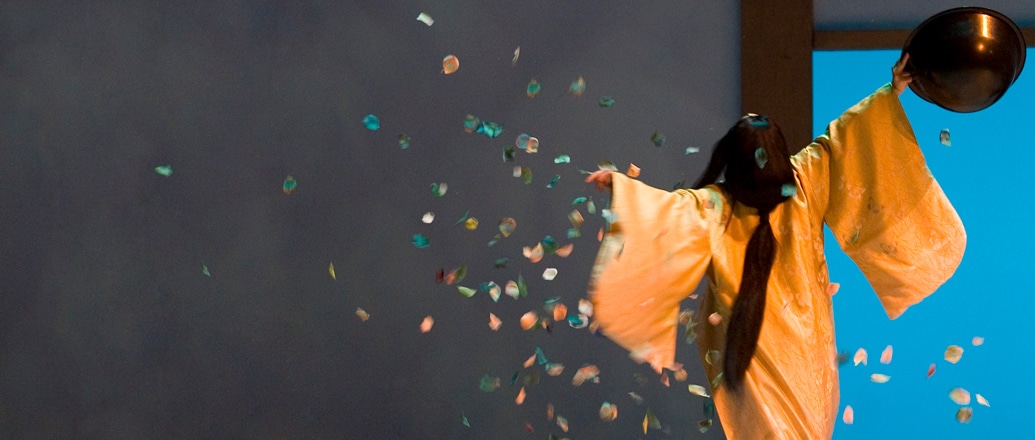
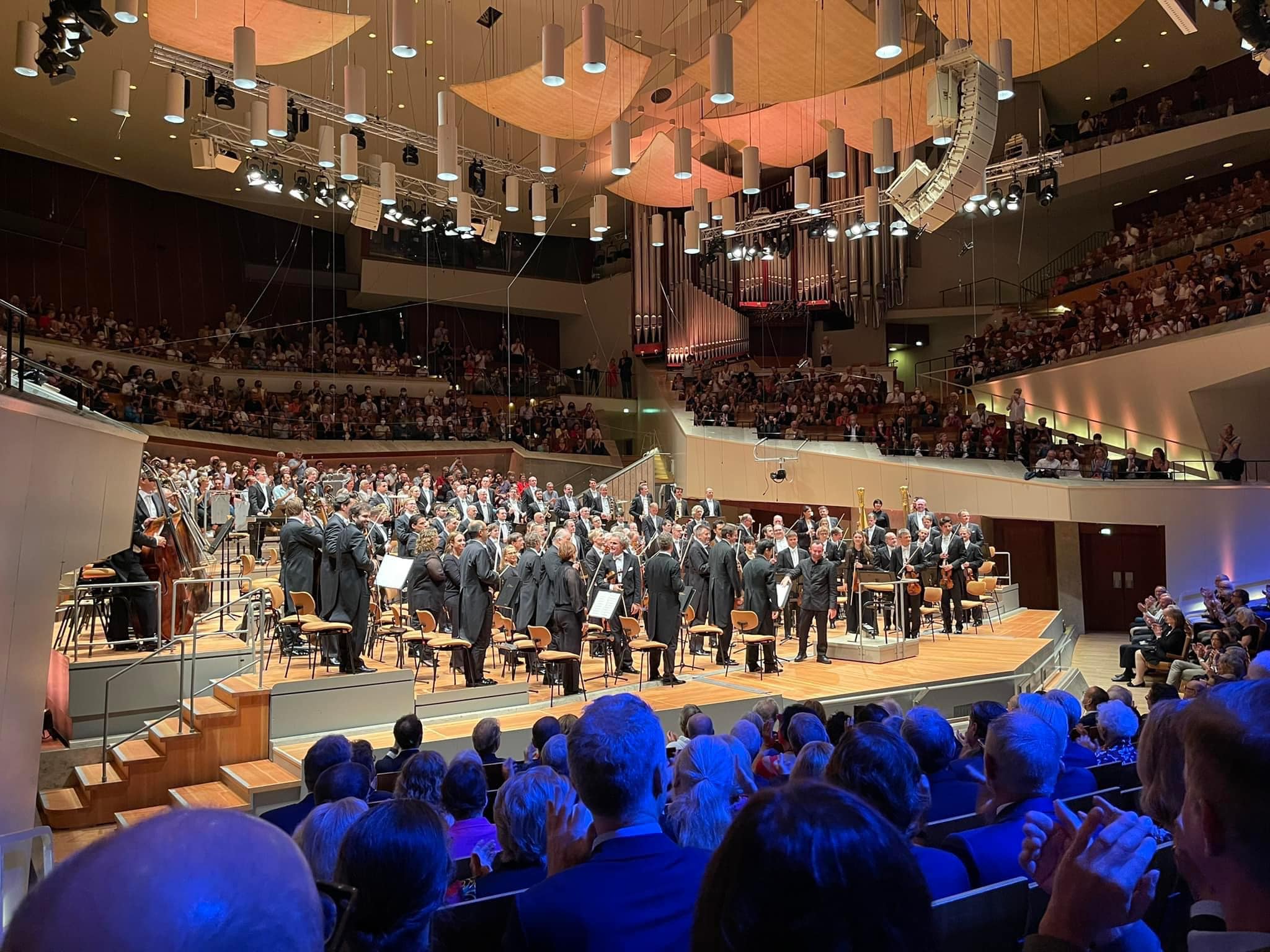
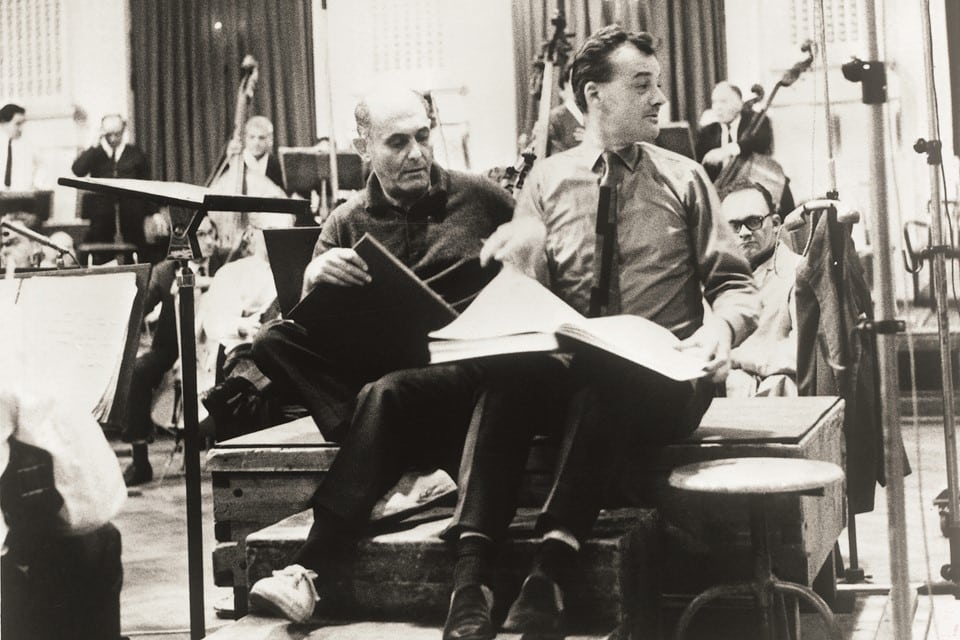
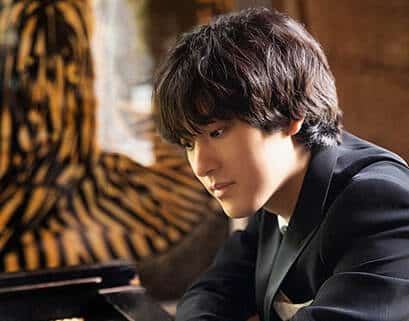
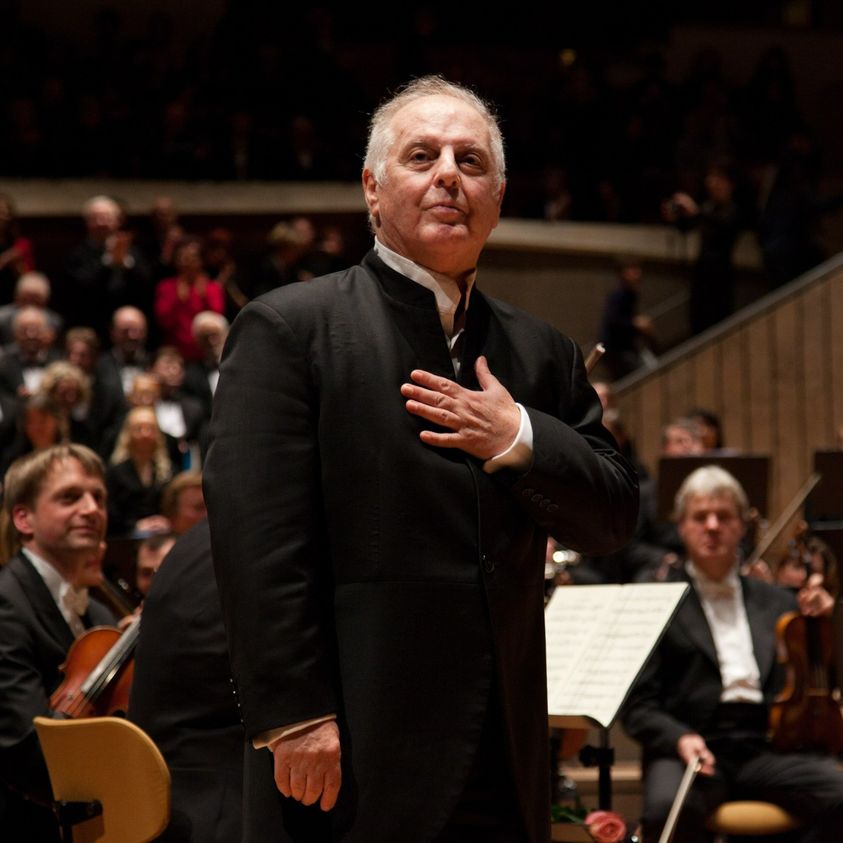
This strikes me as the exact kind of middle ground anyone could want in these situations, meaning that it will be torn to shreds by reactionaries on the right, and social justice warriors on the left. Putting on Butterfly with more authentic Japanese representation can ONLY enhance our enjoyment of this brilliant and timeless opera. There’s no canceling going on here – this is a production that seems to be going about working on this beautiful opera with the respect that it deserves, while also respecting the cultures from which Puccini draws from.
Speaking for myself, I don’t give a hoot about which of Suzuki’s hands is on top of the other. The position of her hands doesn’t enhance or diminish my enjoyment of the opera – this detail simply doesn’t factor in at all. The mezzo’s voice and vocal technique, on the other hand, play a big role in my enjoyment of the opera. And even bigger role plays the soprano’s voice and vocal technique, and the tenor’s. Suzuki, for all OM’s fuss around the character, is a _secondary_ character.
Meanwhile ROH has many other opera productions _utterly_ divorced from the composer’s intentions and the place and time specified in the libretto. My enjoyment of those operas is severely curtailed when (not if) the character sings something totally at war with what I see on stage. But I am so relieved OM cares about Suzuki’s hands, and is prepared to spend a handsome sum to right this unacceptable wrong. I add an irony alert just in case.
And Aesop’s Fables are no longer acceptable because (surprise, surprise) animals can’t talk. How ignorant the ancient Greeks were.
Woke. It has started. Pathetic but the ACE shall be delighted. Artistic values are already being desecrated.
The use of the word “interrogate” is always an infallible test of bulls**t.
I’m surprised OM didn’t try to weasel a ‘visionary’ new production of his own, into the malaise.
So we have an opera where Japanese and Americans all sing in Italian. And we have to make it ‘authentic’?
Bravo
Everything is a “product of its time.”
Will we get a Lucia that is sensitive to the Scottish people? How about a Carmen that portrays Spanish cigarette girls more sensitively? Maybe a Don Carlo more accurately depicting Spanish history? Maybe just realize it’s fiction and art. There’s a thought.
I’m curious. Would love to see a full list of what was changed/adapted.
Great. Cannot wait for the domestic violence experts to have a go at Bluebeards Castle.
“explore and contextualise the complicated history and context of the piece, addressing issues that include stereotyping and imperialism.” Surely this opera isn’t about Japan’s invasion and subjagation of China, Korea, the Philippines and other Asian countries.
“interrogate the depiction of Japanese culture.” Huh?
I always take my binoculars to see Madame Butterfly, in order to ascertain whether or not the woman’s left hand is placed on top of her right hand. When it’s not, I jump up and shout, Banzai!!
Raina Kabaivanska took great effort to learn along that line, and the better she got, the more the Japanese giggled. And the only reason is that she is tall. They would have no trouble in accepting a big fat lady with no attempt to act at all, but the more Japanese Raina acted, the more she looked like a female impersonator to them. So there are limits to this approach. But have no fear: the Pasolini version must be around the corner.
Not all revisions are bad, Norman. Nothing wrong with injecting a little authenticity in movements and the placement. Good on them!
Meanwhile ROH has many other stagings _completely_ divorced from the composer’s intentions or the period and place specified in the libretto. But good to know they are prepared to spend a small fortune to inject ‘a little authenticity’ in their Butterfly production. As if London audiences have ever cared about which of Suzuki’s hands is on top of the other. This is nothing but woke run loose.
Opera production by consensus. How woke can it get!
I really don’t see a problem with revisions to costumes and choreography. I’m also sure that you’d be the first to complain if somebody if somebody staged a work with jewish content and got all the small details wrong. Colour conscious casting on the other hand is a massive can of worms, because it can so easily cut both ways. It wasn’t so long ago that there were protests against Sir Willard White playing Wotan because his casting wasn’t “colour conscious”.
What about the composer’s intentions, the librettist’s intentions, and David Belasco’s intentions (the author of the original play? It is as if ROH, and other companies going through similar exercises, are tring to expiate their own self-hatred. Who asked for ths?
“We wanted to interrogate the depiction of Japanese culture in the staging of this work and involve Japanese practitioners and academics to help us work towards a Butterfly both true to the spirit of the original, and authentic in its representation of Japan”. Utterly unacceptable. Aiming at authenticity in a verismo opera? How dare they. The end is nigh!
Authenticity for whose sake?
Not for the Japanese. It’s not like Japanese classical music fans are obsessed with Puccini or Butterfly. (The Japanese are obsessed with Bach and Beethoven’s Ninth!)
It’s for white people, guilt ridden white people specifically.
Whether the way Butterfly minces her way around the stage is authentic or not doesn’t change the fundamental racial dynamics of the opera: at the end, the Japanese always dies and the white guy always lives.
Colour-conscious casting means all-white Lucias, Fausts, and anything by Wagner, among many others. Colour-conscious casting was apparently not relevant in TV’s Bridgerton. When colour-conscious casting only goes one way, it sidelines a large part of the western talent when it dares to perform western art forms.
That said, the notes above do not suggest anything deleterious to THIS production, including the casting, but let’s wait and see. If they can put a lovely, listenable production on the stage without changing PUCCINI’s intent, and that of the string of western writers upon whose stories the opera is based, fair dos.
‘Puccini’s opera is a masterpiece. However, it is also a product of its time. ‘
What exactly is their problem? Puccini’s _opera_ or ROH’s current _staging_? To judge from the page long justification, their ‘problem’ is the staging. Then why try to pile guilt on Puccini with the nonsense ‘it is a product of its time’?
Are we supposed to believe London audiences care two straws whether Suzuki puts her left hand over her right or the right over her left? This is preposterous. Meanwhile ROH has many other stagings completely divorced from the composer’s intentions or the period and place specified in the libretto. But good to know they fret about Suzuki’s hands, and are prepared to spend a small fortune to right this terrible ‘wrong’. The wokeness and double standard it utterly disgusting.
“Meanwhile ROH …” – note to fellow-guest: repeating the same thing three times does not make it any more relevant or true.
guest1 to guest 2
It is true, so I don’t know how it could be made _more_ true. As to relevance, this is as it may. An insignificant detail like Suzuki’s left hand over the right (or the other way) has zero relevance for me.
For your edification, a list of ROH productions I know for sure that are divorced from the composer’s intentions or the period and place specified in the libretto. If the costumes happen to be period (sort of), the bodies inhabiting the costumes behave outside the period, and we are not talking about which hand is on top of the other.
In no particular order:
Rigoletto
Lucia di Lammermoor
Guillaume Tell
Aida
Il Trovatore
La Bohème
Samson et Dalila
Cosi fan tutte
Otello
Salome
Alcina
Die Walküre*
Tannhäuser
Siegfried
Il Barbiere di Siviglia
Le Nozze di Figaro
Don Giovanni
Rusalka
Wozzeck
Werther
Don Carlo
You may ignore the above list but ignoring it doesn’t make it less true, guest2. Considering there are 21 operas on my list, I hope my three comments may be pardoned. If not, tant pis.
La Traviata, Tosca and Turandot are staged according to libretto (mostly), though Turandot makes a mockery of it in places.
*I agree this allows for a certain freedom of interpretation, given the mythological subject, but the libretto makes it clear it isn’t meant to be set in modern time.
This is nothing new. I was involved in a production of “Butterfly” over 30 years ago. Much attention was paid at that time to proper gesture and respect for culture. Many companies have been doing this kind of thing for a long time.
Japanese companies will, of course, reciprocate when presenting Western music and drama.
Next up: a committee of actual cowboys to advise on productions of La fanciulla del west, and a carefully chosen melange of wild and domestic foxes, together with various representatives of the insect community, to review and approve stagings of Příhody lišky Bystroušky (Adventures of Vixen Sharp-Ears).
The ROH is more than 35 years out of date in terms of its desire for ‘authenticity’. In the mid-1980s La Scala engaged the Japanese director Keita Asari to produce a ‘Japanese/Asian’ Butterfly. Apart from Maazel as conductor and Dvorsky as Pinkerton, most of the company was Japanese including the set and costume designers (although Suzuki was sung by the Korean Hak-nam Kim). From all accounts it was a big success and was subsequently reproduced in several other Houses.
Try this “moral-ethic correcting” with Shakespeare at the Globe…
I think this whole reimagining and trying to find new modes of interpretation of period pieces is getting rather tiresome. The Metropolitan Opera has a gorgeous Butterfly production by Anthony Minghella which I believe was originally created for the ENO (or WNO?). A lot of people didn’t like his use of bunkaku with a doll as Trouble. Once I got used to the little guy, I found it wonderful. In its last go around at the Met this spring, Italian soprano Eleanora Buratto sang one of the most beautiful Butterfly’s I have ever seen or heard. I wrote how exquisite her performance was on Facebook. Someone countered that how dare she, a white woman, portray an Asian. I countered that Butterfly is an Italian Opera, based on a story and play by two Americans, written in Italian, by an Italian, premiered at La Scala, an Italian Opera House in 1904 and first portrayed by an Italian soprano, Rosina Storchio and again in its revised version by a Ukrainian, Salomea Kruszelniska. That was deemed a racist remark. To which I countered, I guess by this reasoning, Leontyne Price and Martina Arroyo had no right singing Verdi and Mozart and Arroyo no right singing Elsa in Lohengrin. We are all going crazy. Was’t it the Canadian Opera that a few seasons ago changed the names of Ping, Pang and Pong in Turandot???
I don’t have an issue with a production aiming to incorporate authentic aspects of dress, behaviour and gesture. What we can’t lose sight of, however, is that Madama Butterfly is not a Japanese work or creation, indeed there is no Japanese element in its coming into being.